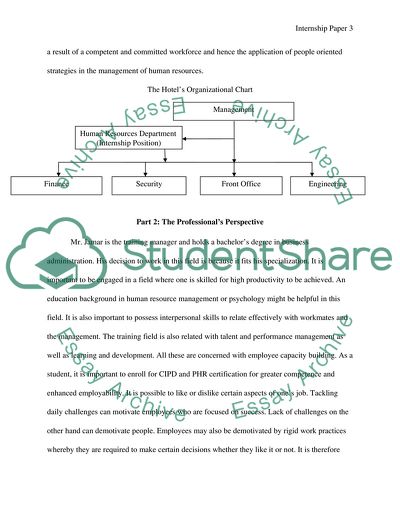Cite this document
(“Internship paper Essay Example | Topics and Well Written Essays - 1250 words - 1”, n.d.)
Internship paper Essay Example | Topics and Well Written Essays - 1250 words - 1. Retrieved from https://studentshare.org/tourism/1674195-internship-paper
Internship paper Essay Example | Topics and Well Written Essays - 1250 words - 1. Retrieved from https://studentshare.org/tourism/1674195-internship-paper
(Internship Paper Essay Example | Topics and Well Written Essays - 1250 Words - 1)
Internship Paper Essay Example | Topics and Well Written Essays - 1250 Words - 1. https://studentshare.org/tourism/1674195-internship-paper.
Internship Paper Essay Example | Topics and Well Written Essays - 1250 Words - 1. https://studentshare.org/tourism/1674195-internship-paper.
“Internship Paper Essay Example | Topics and Well Written Essays - 1250 Words - 1”, n.d. https://studentshare.org/tourism/1674195-internship-paper.


